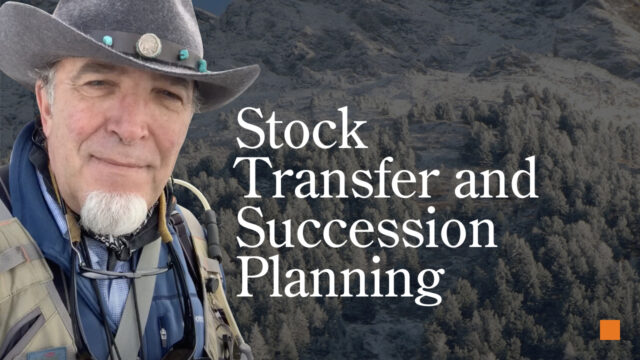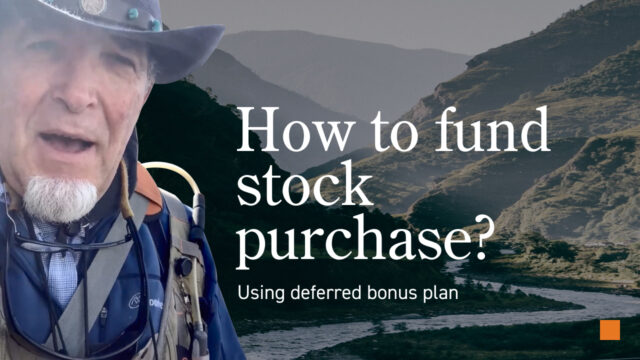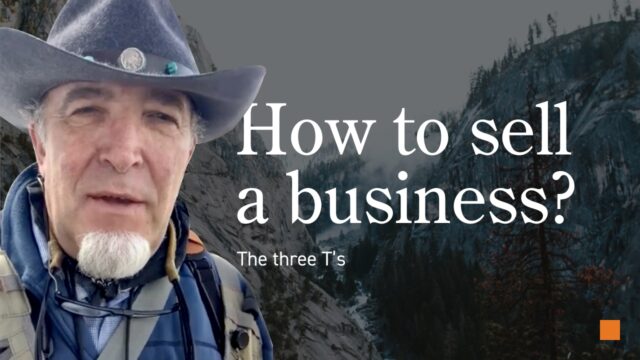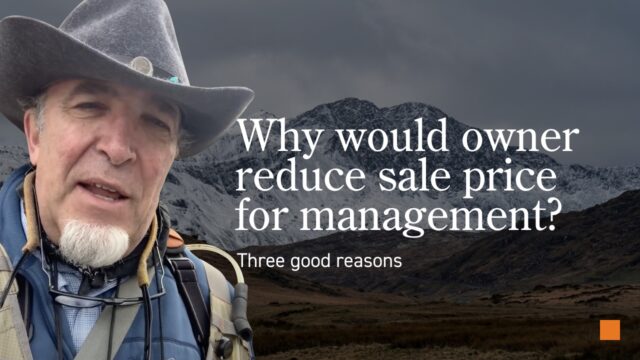
Business Succession and Equity Compensation Planning
Expertly guiding business owners in securing their prosperous future.
Let’s Chat
Trusted guides to
$2 billion in total
business value.
$2 billion in total
business value.
Watch
The McFarland Group partners with business owners to scale and secure their company’s prosperous future. We accomplish this through strategic measures including selling to management for full value and leveraging business value to recruit, reward, and retain top talent.

Meet our exit strategy consultants
Keep your promises.
Leave your company in good hands.
Get paid fair value and enjoy the rewards of a comprehensive exit plan.














